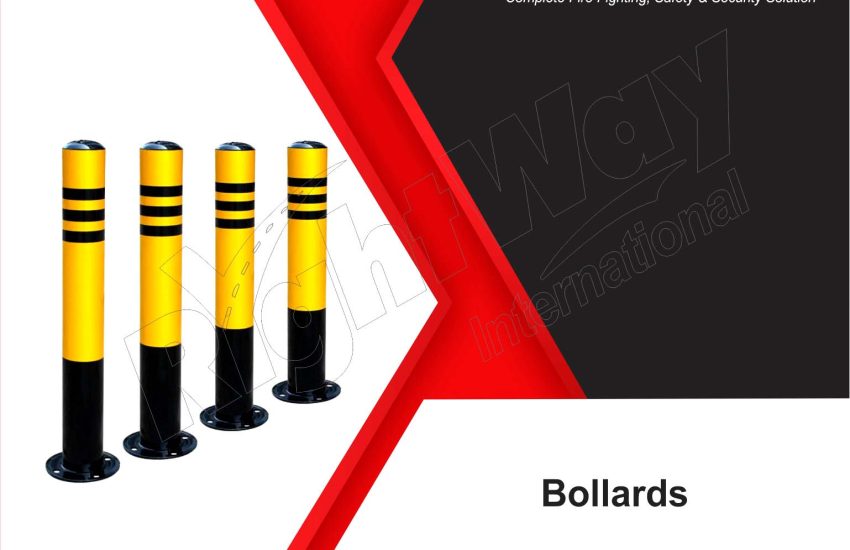Introduction to Bollards
What Are Bollards: Bollards are short, sturdy posts used in various urban settings to enhance safety, control traffic, and define spaces. These versatile structures come in various designs and materials, serving functional and aesthetic purposes. Understanding bollards’ roles and benefits can help communities create safer environments.
What are Bollards?
Bollards typically consist of cylindrical posts made from materials such as steel, concrete, or plastic. Depending on their intended use, they can either be fixed or removable. You can commonly find bollards in streetscapes, parking lots, pedestrian walkways, and public spaces, where they help protect people and property.
Benefits of Using Bollards
- Traffic Control: Bollard effectively guide vehicular movement, preventing unauthorized access to pedestrian areas while allowing legitimate traffic flow.
- Safety Enhancement: By physically separating pedestrians from vehicles, bollard help reduce the risk of accidents, making public spaces safer for everyone.
- Aesthetic Appeal: Available in various designs, colors, and materials, bollard can enhance the visual appeal of urban environments, complementing architectural styles and landscaping.
- Durability: High-quality bollard are designed to withstand impacts, making them a long-lasting solution for traffic management and safety.
Common Applications of Bollards
Bollards are utilized in a wide range of applications, including:
- Urban Design: Used in streetscapes to create a safe walking environment, bollard help define pedestrian zones and seating areas.
- Parking Management: Installed in parking lots to prevent unauthorized parking and protect designated spaces.
- Public Spaces: In parks and plazas, bollard can control access and enhance safety during events or gatherings.
- Security Measures: Anti-ram bollard are specifically designed to withstand high-impact collisions, protecting critical infrastructure and public areas from potential threats.
Choosing the Right Bollard
When selecting bollard, consider the following factors:
- Material: Choose durable materials, such as stainless steel or reinforced concrete, based on environmental conditions and intended use.
- Height and Diameter: The size of the bollard should be appropriate for its function, whether for visibility or barrier purposes.
- Design: Select a design that complements the surrounding architecture and meets local aesthetic guidelines.
Conclusion
Bollards play a crucial role in enhancing safety, controlling traffic, and improving the aesthetics of urban spaces. Their versatility and functionality make them an essential feature in modern city planning. By understanding the benefits and applications of bollard, communities can create safer and more inviting environments for residents and visitors alike.


